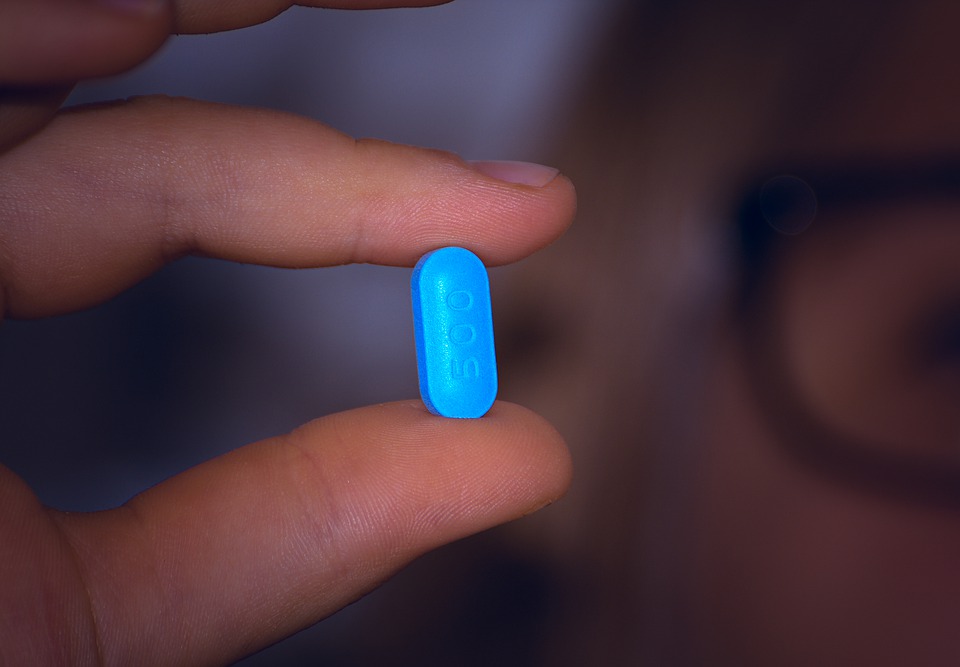The world today may be on alert for the rampant Coronavirus, but scientists have not left out continuous research for a cure to HIV/AIDS, which has plagued millions of people everywhere. A new report reveals that another step has been taken towards a cure, as a few groups of researchers made a breakthrough.
A collaborative effort between the researchers from the University of North Carolina, Emory University, and Qura Therapeutics resulted in a breakthrough in HIV/AIDS research. The UNC Cure Center discovered a method of identifying and reactivating dormant cells that can be combined with other clearance strategies in order to clear the HIV reservoir that will end in a definitive, permanent cure.
This method was already tested on monkeys who suffer from SIV, which is a form of HIV, and the results were successful. With this result in animals, they continue to search for an effective cure for the HIV virus for humans, one that will not produce any side-effects nor necessitate maintenance medication. One of those methods will likely purge the HIV reservoir that the virus forms in the blood.
What makes the HIV virus so difficult to eradicate from a patient is because the virus forms a reservoir that returns once the patient stops using antiretroviral therapy or ART medication. Because the immune system cannot detect the virus when it is dormant, it cannot attack and kill the virus in that phase.
At the moment, the researchers are working on a drug that can identify and revive latent cells in humans. If this proves to be successful, then human trials may begin, and a cure will be developed to end the epidemic once and for all.
Aside from formulating drugs as well as identifying latent cells in humans, a group of researchers recently came up with a mathematical equation that could accurately predict when the virus would return once ART medication is stopped. Dr. Jessica Conway and her team explained their model at a conference in Hartford, Connecticut, back in January.
One challenge regarding this model is that the time the virus will rebound will vary from patient to patient as there are other factors to consider. As of now, Conway and her team are close to figuring out the model, and after a few more tests, they will have found the model that can be of big help to doctors for better clinical trials.



 FDA Adds Fatal Risk Warning to J&J and Legend Biotech’s Carvykti Cancer Therapy
FDA Adds Fatal Risk Warning to J&J and Legend Biotech’s Carvykti Cancer Therapy  Bayer’s Stroke Drug Achieves Breakthrough Trial Results, Boosting Market Confidence
Bayer’s Stroke Drug Achieves Breakthrough Trial Results, Boosting Market Confidence  Trump Signs Executive Order to Boost AI Research in Childhood Cancer
Trump Signs Executive Order to Boost AI Research in Childhood Cancer  Cogent Biosciences Soars 120% on Breakthrough Phase 3 Results for Bezuclastinib in GIST Treatment
Cogent Biosciences Soars 120% on Breakthrough Phase 3 Results for Bezuclastinib in GIST Treatment  Novartis to Acquire Avidity Biosciences for $12 Billion to Strengthen Rare Muscle Disorder Portfolio
Novartis to Acquire Avidity Biosciences for $12 Billion to Strengthen Rare Muscle Disorder Portfolio  Innovent’s Xinermei Intensifies Weight-Loss Drug Battle in China
Innovent’s Xinermei Intensifies Weight-Loss Drug Battle in China  Pfizer Secures $10 Billion Deal for Obesity Drug Developer Metsera, Outbids Novo Nordisk
Pfizer Secures $10 Billion Deal for Obesity Drug Developer Metsera, Outbids Novo Nordisk  Trump and Merck KGaA Partner to Slash IVF Drug Costs and Expand Fertility Coverage
Trump and Merck KGaA Partner to Slash IVF Drug Costs and Expand Fertility Coverage  CDC Shake-Up Sparks Vaccine Policy Clash Between RFK Jr. and Susan Monarez
CDC Shake-Up Sparks Vaccine Policy Clash Between RFK Jr. and Susan Monarez  Eli Lilly Becomes First Pharma Giant to Hit $1 Trillion Amid Soaring Weight-Loss Drug Demand
Eli Lilly Becomes First Pharma Giant to Hit $1 Trillion Amid Soaring Weight-Loss Drug Demand  Eli Lilly’s Inluriyo Gains FDA Approval for Advanced Breast Cancer Treatment
Eli Lilly’s Inluriyo Gains FDA Approval for Advanced Breast Cancer Treatment  Novo Nordisk and Eli Lilly Lower Prices for Weight-Loss Drugs Amid U.S. Agreement
Novo Nordisk and Eli Lilly Lower Prices for Weight-Loss Drugs Amid U.S. Agreement  Canada Loses Measles-Free Status After Nearly 30 Years Amid Declining Vaccination Rates
Canada Loses Measles-Free Status After Nearly 30 Years Amid Declining Vaccination Rates 































